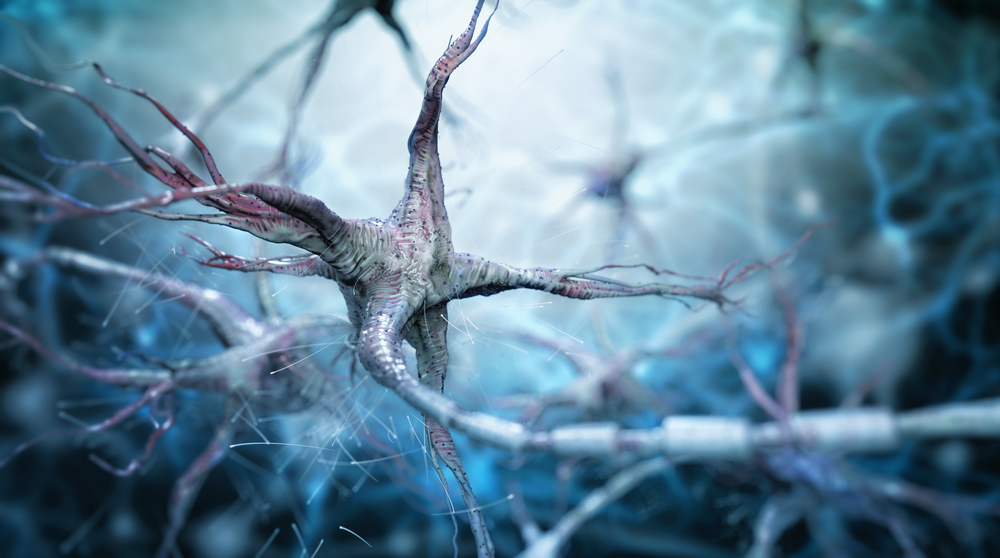Fungal Compound Boosts Axon Regeneration, Offering Clue for MS Treatment

The idea of repairing damaged axons — a key component of advancing disability in multiple sclerosis (MS) — just got closer to reality, with the discovery that a compound found in fungi triggered axon regeneration, making damaged axons grow “like weeds.”
Scientists have long struggled to find compounds that stimulate the repair of axons, the long, thread-like neuron appendages that send signals to other cells.
The study, “Small-Molecule Stabilization of 14-3-3 Protein-Protein Interactions Stimulates Axon Regeneration,” appeared in the journal Neuron.
The discovery was made with the help of PhD candidate Andrew Kaplan, working in the laboratory of Dr. Alyson Fournier, a neurology and neurosurgery professor at Canada’s McGill University. Fournier’s team had been focused on axon regeneration for some time, particularly a group of proteins with known neuroprotective properties called 14-3-3.
Previous studies had shown that when plants are hit by certain fungal infections, they react by shedding their leaves and growing roots. The fungal molecule responsible for this, fusicoccin-A, is known to affect 14-3-3. So while plant roots and human nerve cells are indeed very different natural phenomena, Kaplan figured that these insights may prove valuable.
“While 14-3-3 is the common denominator in this phenomenon, the identity of the other proteins involved and the resulting biological activities differ between plants and animals,” said Kaplan in a news release.
The team decided to use fusicoccin-A to treat lab-grown neurons with damaged axons.
“When I looked under the microscope the following day, the axons were growing like weeds,” said Kaplan.
The weed analogy is not an exaggeration. In the microscopy photograph, axons appear in green, and the damaged area dominates the center of the image. Taking a closer look, nearly all the axons’ tip s are red. The team used a red dye to stain the growing part of an axon, and the red dots throughout the picture reassure us of the activity going on in that lab dish.

Treatment with fusicoccin-A induces regeneration of damaged axons towards center of the injury. (Credit: McGill University)
The team now seeks a deeper understanding of how fusicoccin-A makes the neurons grow. Researchers have already learned that a protein called GCN1 is involved in the process. GCN1 and 14-3-3 need to physically bond for fusicoccin-A to boost axon growth. They are now examining if GCN1 could be a suitable drug target for more specific treatments to trigger regeneration.
“We have identified a novel strategy to promote axon regeneration with a family of small molecules that may be excellent candidates for future drug development,” concluded Fournier. “This is an exciting advance because the field has struggled to find treatments and identify targets for drugs that stimulate axon repair.”






